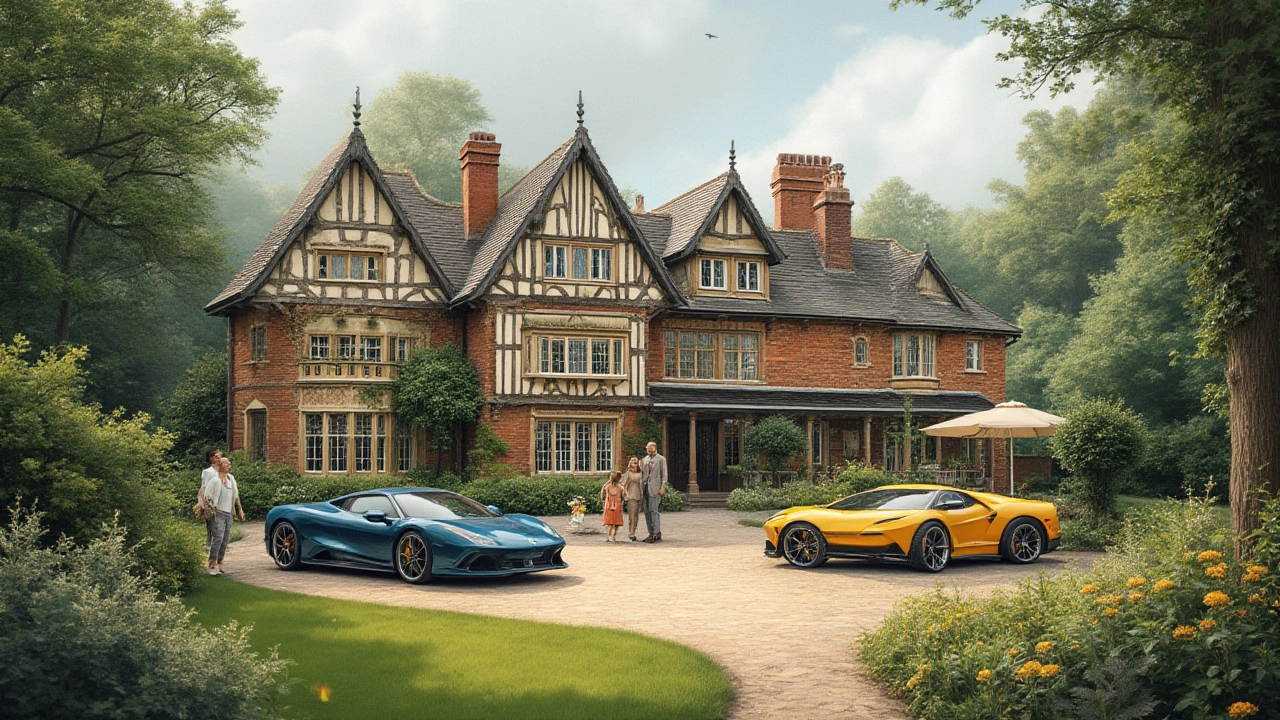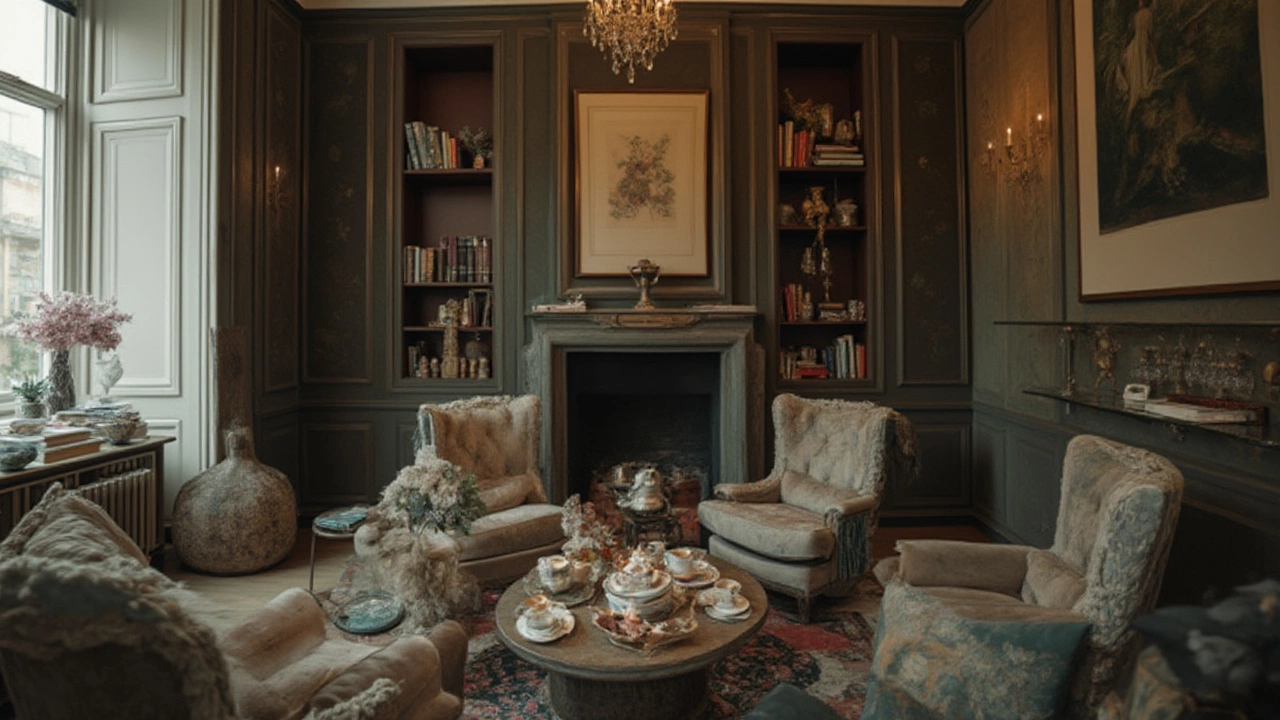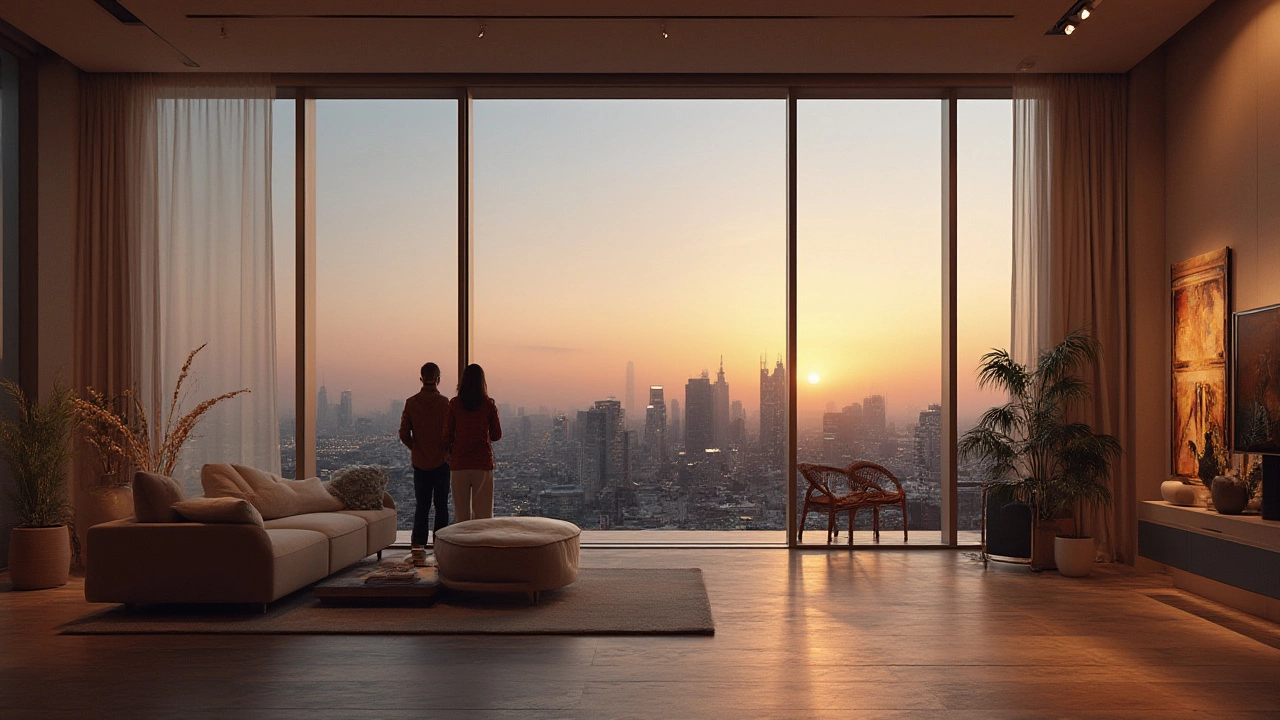Ask five people what makes something a luxury, and you’ll get six different answers. Some folks will say it’s all about gold faucets and penthouse views. Others will swear it’s the silence you get in a soundproofed suite, or maybe it’s the time saved with a concierge who handles your every headache. Here’s the kicker: Luxury is a moving target, shaped not just by money, but also by mindset, trends, and sometimes even the news.
The Shape of Luxury: Shifting Definitions and New Standards
Luxury used to be loud. Think marble columns, gilded trim, and names you could drop at dinner. In 2025, luxury is quieter, more subtle. The pandemic years rewired what people value. Privacy, health, and time rank higher than flash. If a home has HEPA filters, voice-activated climate controls, and workspace fit for a CEO, it’s ticking modern luxury boxes—even if the kitchen isn’t lined in Italian marble.
Take the world’s highest-priced apartments in Hong Kong, London, or New York. In 2023, Knight Frank’s Wealth Report said ultra-prime home buyers are chasing features like private elevators and biometric access—not just a view. Hospitals? Not on location wish lists anymore. Instead, proximity to quiet parks or even private green roofs matters more. That’s an insight a decade ago would’ve sounded outlandish.
There’s also a tech layer to the story. In Dubai, you can now unlock your apartment, set your mood lighting, and pre-heat the pool with a single app. Meanwhile, in Sydney’s One Barangaroo, whole buildings are fragrance-controlled to make you feel like you’re in a spa (unless you hate the scent, in which case, well, money can’t always buy taste).
Luxury Apartments: Beyond the Obvious Bling
People love to debate what makes an apartment truly luxurious. Turns out, there are some specifics. Square footage still matters, but not as much as smart design. Open layouts that create spaces for working, sleeping, and entertaining—all without running into your own stuff—are prized. Floor-to-ceiling windows (the kind that block city noise but let in the sun) can up perceived value by 10-15%, according to a 2024 Savills analysis.
Materials have leveled up, too. You’ll find engineered wood floors that resist scratches (yes, pets and parties), and kitchens with anti-fingerprint quartz counters. Residents want amenities built for daily life: gym-quality fitness centers, sauna rooms, co-working nooks, or even yoga decks overlooking the skyline. The Ritz-Carlton Residences in Toronto, for instance, offers residents private climate-controlled wine lockers—if that’s not peak luxury for oenophiles, what is?
But the biggest trend is service. More buildings now offer package delivery into your unit, 24/7 concierge for lost keys, or even dog walking. Some properties in London have partnerships with Michelin-star chefs who’ll cook for you—right in your own home.

Fact or Hype? Surprising Data on Luxury Living
What really sets luxury apart from the merely nice? Numbers can tell the difference. In global cities, the price break for "luxury" kicks in around $1,500 per square foot (2025 numbers), but with wide local variation—the average in Monaco hovers around $6,000 per square foot.
Here’s a quick look at what amenities actually boost prices, based on a 2024 Redfin and Knight Frank survey:
| Amenity | Average Price Premium |
|---|---|
| Private outdoor space | +12% |
| Dedicated concierge | +11% |
| Smart home systems | +9% |
| High-end kitchen appliances | +7% |
| Community wellness facilities | +6% |
Here’s a fun fact: Nearly 40% of luxury home buyers in 2025 rate "disaster-proofing" (think: flood barriers, independent generators) as more important than having a recognizable designer involved, according to the same surveys. Luxury isn’t just about looking good, it’s about feeling secure and cared for—no matter what’s happening outside.
And don’t forget the softer elements. Fast, reliable internet isn’t flashy but try going a day without it. Smarter developers now work with ISPs for "VIP lines"—dedicated fiber connections that rarely lag, even if the whole building is streaming the Champions League final.
Lifestyle Choices: Experience as the Ultimate Luxury
For older generations, the symbol of having "made it" was a big house, a shiny new car. Now, luxury is often about how you live, not just what you own. Ultra high-net-worth buyers routinely opt for smaller yet maxed-out apartments because they want time—less cleaning, less stress, more smart support.
Wellness is another giant piece of the pie. In The Edge in Amsterdam, an office with apartments attached, yoga, cold-plunge pools, and plant walls are there not for show, but for resident health. Developers know future buyers expect more than just cool design—a McKinsey report says the wellness real estate sector now grows 10% a year, much faster than standard development.
Security is another obsession. Biometric locks, direct elevator-to-apartment access, and on-site medical clinics are standard for true luxury buildings in Singapore and Dubai. Social space design matters, too. Rooftop gardens where you can actually meet your neighbors (or, let’s be honest, avoid them discreetly) are headlines in building marketing for very good reason.
Here’s one more twist: Sustainability. Solar-powered apartments with green certification can command higher rents and resale prices, driven by the under-40 crowd who want both bragging rights and lower bills. Got an apartment with rainwater harvesting and EV charging? That’s luxury with a conscience.

Telling True Luxury From ‘Luxury-Washed’ Hype
The market is flooded with the word "luxury"—but not every ad promising high-end living is legit. Want to separate the real deal from the pretenders? Watch for a few clues:
- The details are personal: Customizable layouts, real materials, not plastic or laminate, and finishes you can change before you move in.
- Smart design: Think noise-proof rooms, windows that actually block city chaos, or storage that makes sense for daily life.
- Proactive service: Doormen who know your name, or app-based solutions to manage everything from guest entry to dry cleaning—not just pretty lobbies.
- Sustainable features: Solar panels, green roofs, or built-in water filters—not just a recycling bin in the basement.
- Data transparency: The best buildings release live data on air quality, energy use, or maintenance—skeptical buyers can check the numbers, not just the glossy brochures.
Many buyers now hire inspection consultants who use electromagnetic scanners to make sure the walls are actually soundproof. Others test water quality and ask for proof of the building’s carbon footprint. True luxury buyers want solid proof, not just polished marketing.
And it’s not just about the physical space—it’s the community and culture around it. If neighbors are noisy or on-site amenities rarely work, even the fanciest marble bathtub won’t fix the stress. Smart investors spend time with current residents before buying. They check HOA meeting notes, talk to staff, and even ask about the cleaning protocols. Luxury, unlike price, can’t be faked for long.
If you want the real thing, look past just the word itself. In 2025, true luxury is a mix of seamless function, thoughtful service, community, and the power to get more life out of every day. Sometimes it’s showy, often it’s quiet, but it’s always personal.
